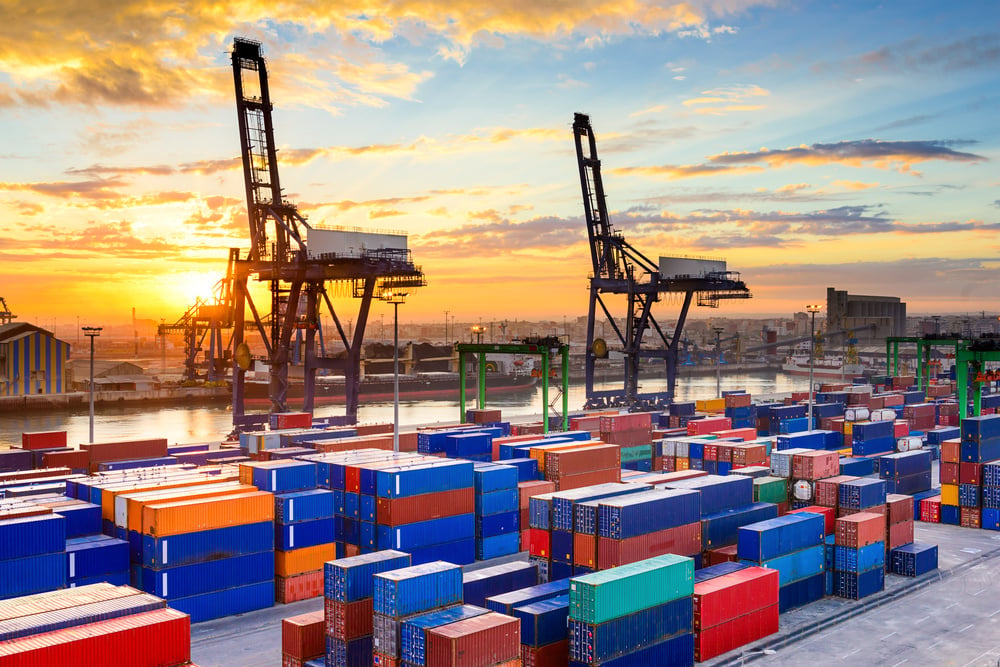The global trade landscape continues to evolve, driven by shifting tariff policies and their implications for supply chains and logistics providers. For the freight industry, these changes represent both significant challenges and opportunities. As businesses brace for potential increases in tariffs, understanding the trends and preparing for their impact is more critical than ever.
Tariff Trends Shaping Global Trade
Emerging proposals indicate that tariffs on imports could rise across the board, with a particular focus on sectors like technology, automotive, and agriculture. The goal of such policies is to bolster domestic production and reduce dependency on foreign goods. However, these changes are poised to ripple through industries that rely on international supply chains, particularly in key regions such as Asia and North America.
Some of the proposed adjustments include:
- Broad Tariff Increases: A general rise of 10%-15% on all imports, with steeper surcharges on select categories.
- Targeted Measures Against China: Tariffs ranging from 40%-75% on specific goods, such as electronics and textiles, to curb reliance on Chinese manufacturing.
- US-Mexico Trade Adjustments: Policy shifts under the United States-Mexico-Canada Agreement (USMCA) that could redefine trade in industries such as automotive, agriculture, and consumer goods.
Shifting Manufacturing Strategies
In response to tariff pressures, multinational corporations are exploring new strategies to mitigate costs and diversify risks. These include:
- Nearshoring to Mexico: With its proximity to the U.S., Mexico is becoming an attractive hub for industries like automotive and electronics manufacturing.
- Expanding Beyond China: Countries like India, Vietnam, and Malaysia are seeing increased investments from companies seeking to reduce reliance on a single manufacturing base.
- Reshoring Initiatives: Some firms are reconsidering domestic production to align with tariff incentives, despite higher labor costs.
Key Industries at the Crossroads
Tariff changes disproportionately affect industries that depend on cross-border trade. For example:
- Technology: Electronics manufacturers may face higher production costs, pushing companies to explore alternative sourcing options.
- Agriculture: Increased tariffs on Mexican imports like fresh produce could lead to higher grocery prices and logistical challenges for cold-chain transportation.
- Automotive: The automotive supply chain, heavily reliant on cross-border trade with Mexico, could experience disruptions that impact pricing and production timelines.
Impacts on the Freight Industry
For the freight sector, evolving tariff policies bring both operational challenges and opportunities for growth.
- Rising Freight Costs: Tariffs increase the overall cost of goods, which often translates to higher transportation rates.
- Changing Trade Routes: Diversification of manufacturing locations will alter freight patterns, requiring trucking companies to adapt routes and optimize logistics strategies.
- Increased Cross-Border Demand: Nearshoring to Mexico could boost demand for regional trucking services, especially for just-in-time delivery systems.
- Compliance Complexities: Stricter customs enforcement and changing trade agreements will necessitate investment in compliance expertise and technology.
How Companies Can Stay Competitive
To navigate these changes, companies must focus on flexibility, innovation, and strategic partnerships.
- Embrace Technology: Implementing advanced tracking, route optimization, and customs management systems can improve efficiency and reduce costs.
- Expand Services: Offering comprehensive cross-border logistics solutions can help clients manage trade complexities effectively.
- Collaborate Strategically: Partnering with manufacturers and suppliers to design agile supply chain solutions will position trucking companies as indispensable collaborators.
Partnering with GLI: Your Strategic Advantage
Your 2025 freight plan shouldn’t be a static document—it must adapt to the ever-changing trade landscape, especially as tariffs and policies evolve. With GLI as your partner, you can confidently navigate the complexities of the year ahead. Here's how GLI can help:
- Real-Time Updates and Carrier Communication:
GLI stays ahead of the curve by keeping up with the latest changes and maintaining constant communication with all major national and regional carriers.
- Planning for the Unexpected:
Be prepared for curveballs with GLI’s wide array of carrier and mode options, ensuring you always have alternatives to fit your needs.
- Expertise Across All Transportation Modes:
Our team of seasoned professionals has experience in all modes of transportation, allowing us to analyze options and proactively plan for potential scenarios.
- Data-Driven Decision Making:
GLI’s investment in advanced technology and software enables us to provide regular analyses of shipping and lane costs, customized to the criteria most important to you.
- Focus on Your Core Business:
With GLI as your off-site logistics team, you can focus on delivering value to your customers while we handle the complexities of freight and logistics in 2025.
Partnering with GLI isn’t just a solution—it’s a strategic advantage that empowers your business to stay agile, efficient, and competitive in a rapidly evolving market. Plus, GLI’s market visibility and expertise typically result in net 10-25% cost reductions for shippers.
Preparing for the Road Ahead
The freight industry must stay ahead of tariff changes by anticipating challenges and seizing opportunities. Building resilient supply chains, investing in technology, and fostering strong industry partnerships will be critical in navigating this evolving landscape.
At Global Logistics Inc., we specialize in helping businesses adapt to dynamic trade environments. From cross-border trucking solutions to supply chain optimization, we’re here to support your operations in a changing world. Contact us today to discuss how we can help your business thrive amidst tariff uncertainties.





